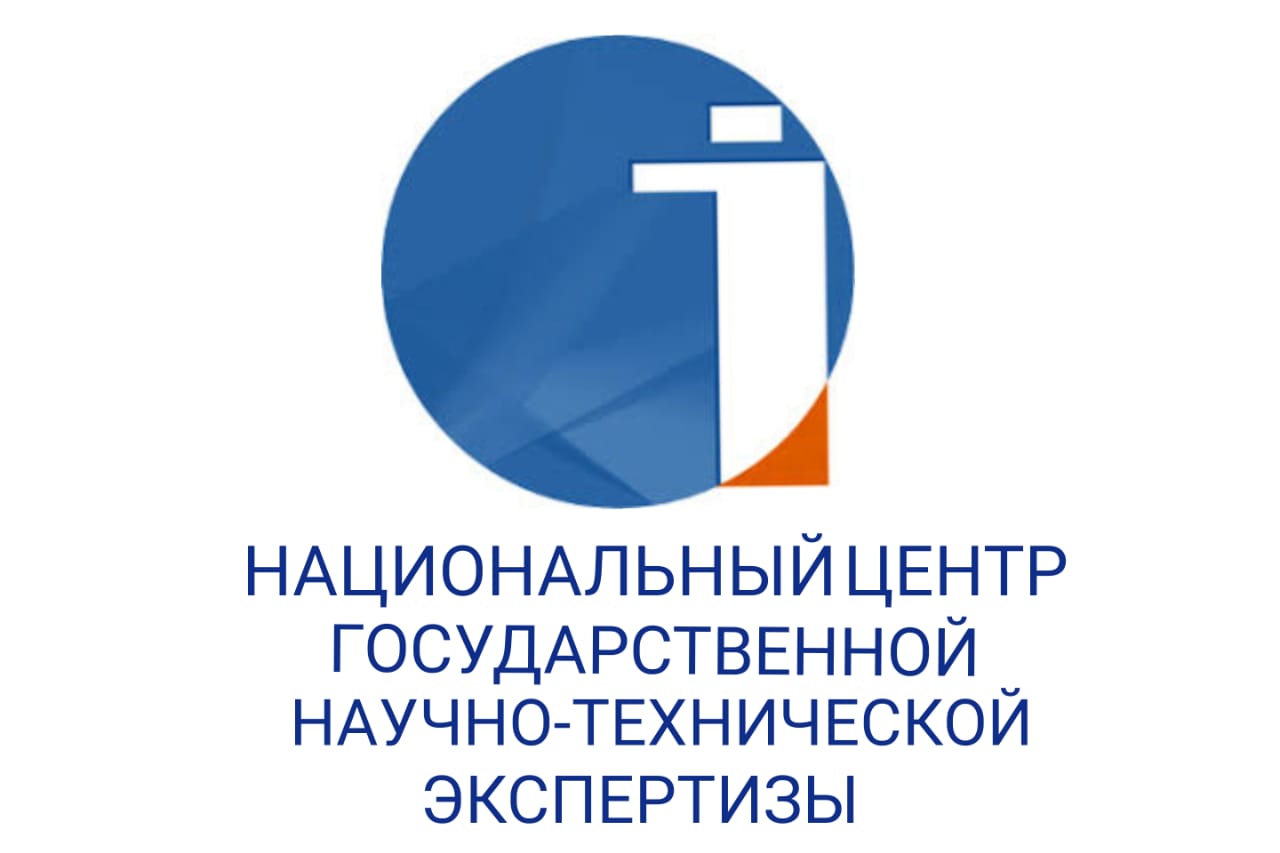TO THE PROBLEM OF TRANSMITTING NEGATIVE EMOTIONS IN THE LANGUAGE
DOI:
https://doi.org/10.48371/PHILS.2022.64.1.003Keywords:
negative emotion, artistic text, emotion of anger, linguistics, emotional situation, national value, affect, feelingAbstract
This article is a little step to the study of linguistic means of describing negative emotions in the Kazakh and English by the examples of artistic works. The inner world of a person, his perception of the world is one of the current topics. The number of scientific papers devoted to this topic is growing day by day. The anthropocentric paradigm has become a separate direction of modern linguistics and its main important component is man. The main component of the human factor in language is emotional communication. This direction makes an active contribution to solving the problems of the modern anthropological paradigm. An invaluable amount of human emotional states has been accumulated in literary texts, since they give a stereotypical model of emotions using linguistic means. The relevance of the work is due, on the one hand, to the important role of emotions that determine national identity in a person's life, on the other hand, to the need to reflect emotions and emotional state during communication in order to integrate the accumulated data into the general system of linguistic knowledge. In the article, along with the description of the role of emotions in language, we will consider ways of their transmission by linguistic means. We reveal the boundaries of the concepts of feeling, affect and emotion. Based on the research material, linguistic units expressing emotions borrowed from the works of the unique Kazakh writer A. Nurpeisov and the American writer T. Dreiser were obtained. In the process of expressing negative emotions by linguistic means, factors such as physiological changes in a person, i.e. body movements, changes in complexion, are also differentiated








